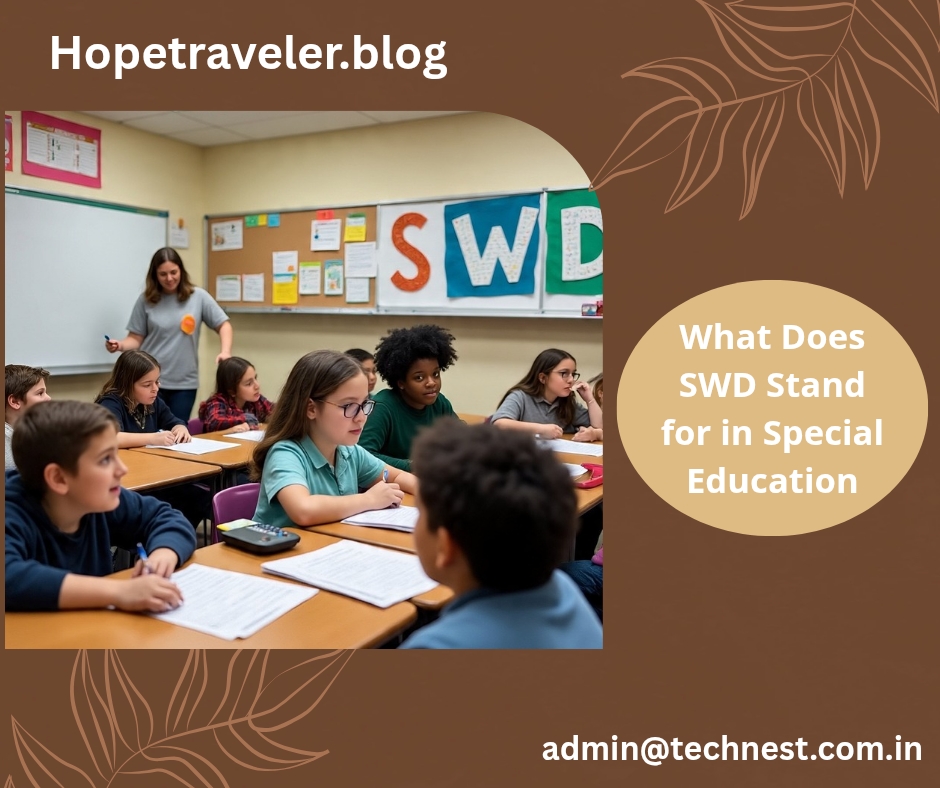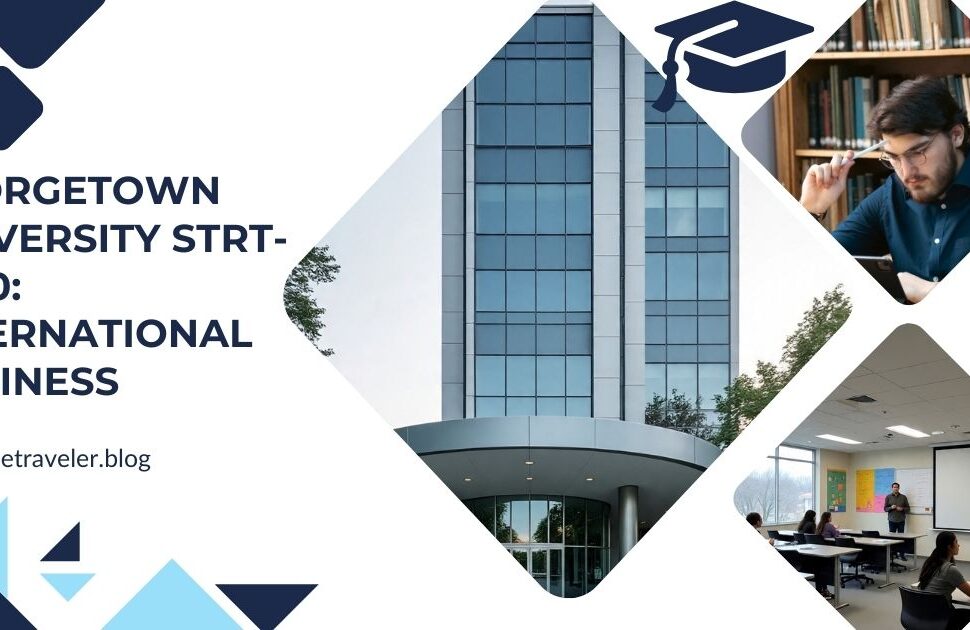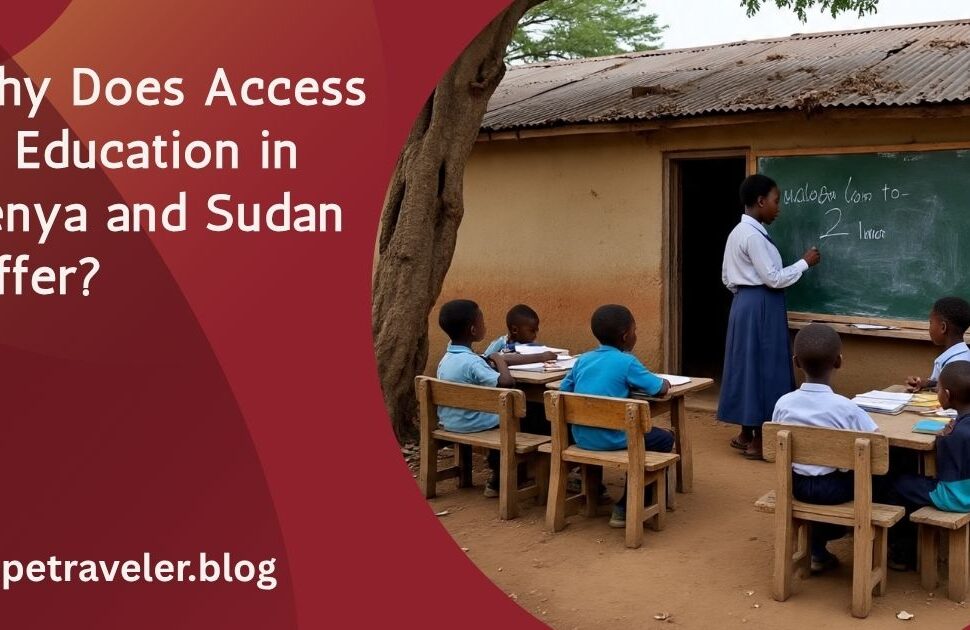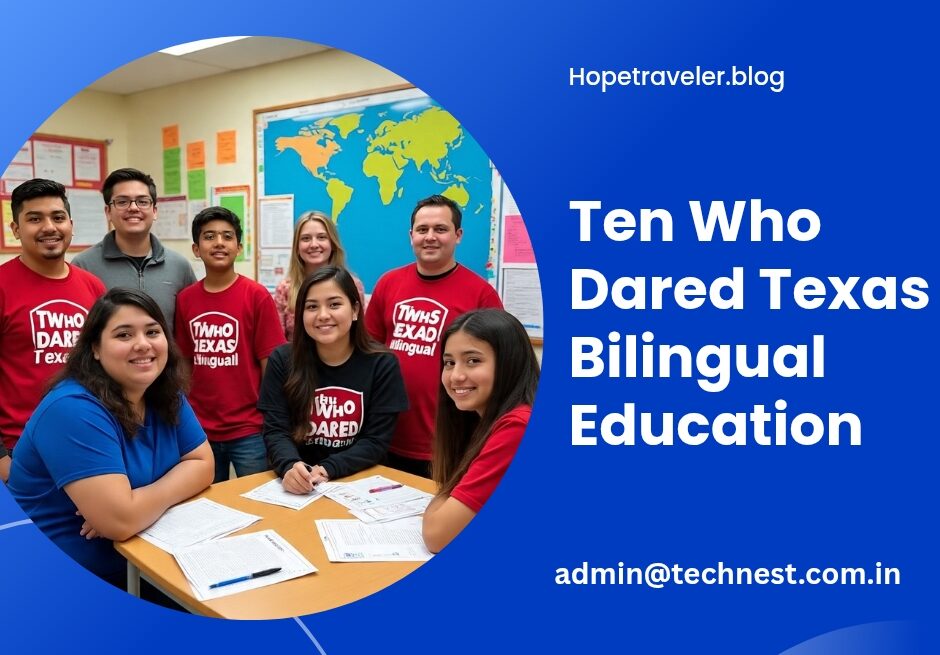In the realm of education, acronyms are frequently used to describe programs, services, and populations of students. One such term that often arises in the context of inclusive learning is “SWD.” But what does SWD stand for in special education? The answer is simple: SWD stands for “Students With Disabilities.” This term is broadly used in schools, Individualized Education Program (IEP) documents, state policies, federal guidelines, and educational research.
In this article, we will explore the meaning of SWD in depth, its legal framework, types of disabilities, support structures, challenges these students face, and why understanding this term is vital for parents, educators, and society at large.
Understanding SWD: Students With Disabilities
The term “Students With Disabilities (SWD)” refers to children and youth who require special education services due to physical, emotional, cognitive, or developmental conditions that impact their learning and academic performance. These disabilities may vary in severity, duration, and type, but they all warrant some form of educational modification or support to help the student succeed in school.
In the United States, students are typically identified as SWD if they qualify under the Individuals with Disabilities Education Act (IDEA). According to Wikipedia, IDEA ensures that students with disabilities are provided a Free Appropriate Public Education (FAPE) that is tailored to their individual needs.
Legal Foundation: IDEA and Section 504
The legal basis for identifying and supporting SWD primarily comes from two federal laws:
1. Individuals with Disabilities Education Act (IDEA)
Under IDEA, SWD are entitled to special education services if they meet eligibility criteria in one of 13 categories, which include autism, hearing impairment, emotional disturbance, specific learning disabilities, and more. These services are documented in an Individualized Education Program (IEP), a legally binding document that outlines goals, accommodations, and services.
2. Section 504 of the Rehabilitation Act
Not all SWD qualify for services under IDEA. In such cases, Section 504 can provide accommodations through a 504 Plan. While it doesn’t require a specialized curriculum, it mandates schools to offer equal access through reasonable accommodations.
According to Wikipedia, Section 504 is a civil rights law that prevents discrimination against individuals with disabilities in programs receiving federal financial assistance.
Types of Disabilities Included Under SWD
To be recognized as a Student With a Disability, the individual must have one or more conditions that significantly impact their educational performance. These conditions may include:
- Autism Spectrum Disorder (ASD)
- Speech or language impairments
- Deafness or hearing impairment
- Visual impairment or blindness
- Emotional disturbances
- Specific Learning Disabilities (SLD) such as dyslexia or dyscalculia
- Orthopedic impairments
- Other Health Impairments (OHI), including ADHD
- Intellectual disabilities
- Traumatic brain injuries
This wide spectrum of conditions underscores the diversity of SWD and the need for personalized education strategies.
Role of IEPs in Supporting SWD
An Individualized Education Program (IEP) is one of the most vital tools in supporting SWD. It is created by a team that includes teachers, parents, school psychologists, and sometimes the student themselves. The IEP outlines:
- Current levels of academic and functional performance
- Annual educational goals
- Specific services and accommodations (e.g., speech therapy, occupational therapy)
- Participation in general education
- Assessment methods
IEPs are reviewed annually and revised as needed to track student progress and update goals.
Inclusion and Least Restrictive Environment (LRE)
One of the guiding principles in special education is the concept of the Least Restrictive Environment (LRE). This means that SWD should be educated with their non-disabled peers to the maximum extent appropriate. Inclusion classrooms are designed to achieve this goal by integrating SWD with general education students.
LRE ensures that students aren’t unnecessarily segregated and receive the benefits of a typical classroom setting while also getting additional help through aides, assistive technology, or special instructional techniques.
Challenges Faced by Students With Disabilities
While legislation provides a framework for supporting SWD, challenges persist in delivering equitable education:
- Stigmatization and bullying
- Limited resources or staff trained in special education
- Difficulty accessing appropriate accommodations
- Language barriers or cultural misunderstanding in diverse communities
- Lack of parent awareness or involvement
Understanding the full context of being a student with a disability goes beyond the classroom. Social attitudes, family support, and systemic practices all play a role in shaping their educational journey.
Educator’s Role in Supporting SWD
Teachers play a crucial role in the success of SWD. Here are a few ways educators can support them:
- Differentiated instruction to meet varying learning styles
- Positive reinforcement to boost confidence and engagement
- Collaboration with special education staff
- Continuous professional development in inclusive education
- Creating safe, welcoming environments that promote student voice
By fostering empathy and awareness, educators help SWD not just succeed academically, but grow emotionally and socially as well.
Importance of Advocacy and Parental Involvement
Parents and guardians are vital stakeholders in a child’s special education plan. From the moment a child is evaluated for a disability, parental consent, input, and participation are legally required under IDEA. Parental advocacy ensures:
- Appropriate assessment and diagnosis
- Realistic and meaningful goals in the IEP
- Consistent implementation of services
- Accountability from schools and districts
Support groups and advocacy organizations also help parents navigate complex special education systems.
Future of Special Education and SWD
As awareness increases, educational systems around the world are shifting toward more inclusive models. Trends include:
- Universal Design for Learning (UDL)
- Assistive technologies like screen readers, text-to-speech tools
- Trauma-informed teaching
- Expanded teacher training programs
- Global inclusion goals, such as those outlined by UNESCO’s Education 2030 Agenda
As per Wikipedia, inclusive education ensures all students, regardless of their abilities or backgrounds, have equal learning opportunities.
Conclusion
So, what does SWD stand for in special education? The acronym may be short, but its implications are profound. “Students With Disabilities” is more than a classification—it’s a commitment to provide equitable, inclusive, and supportive learning environments for all learners.
From legal protections under IDEA and Section 504, to personalized learning via IEPs, to educator strategies and parental involvement, every part of the system plays a role in supporting SWD. As we continue to evolve as a society, recognizing and addressing the needs of students with disabilities is not just a legal requirement—it’s a moral imperative.
Understanding SWD empowers us all—whether we are educators, parents, peers, or policymakers—to build classrooms and communities where every learner thrives.




